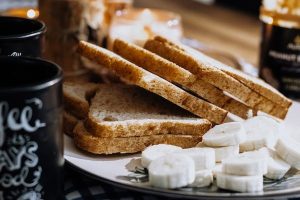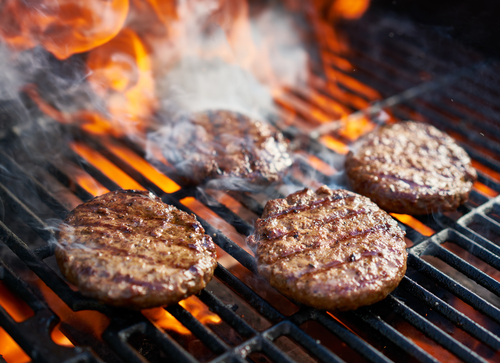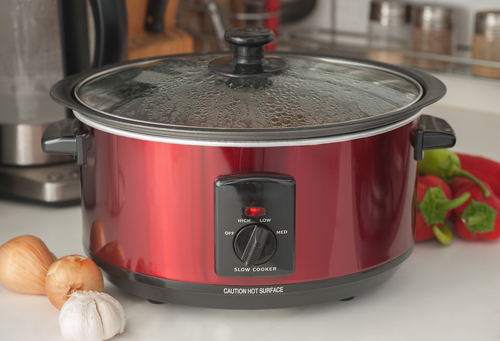In the hustle and bustle of modern life, finding time to prepare a delicious and nutritious meal can often feel like a daunting task. However, with a little planning and creativity, whipping up a satisfying dinner on busy weeknights is easier than you might think. Here are 10 quick and easy weeknight dinner recipes that will save you time and stress in the kitchen:
1. Sheet Pan Lemon Herb Chicken and Vegetables*:
Toss chicken breasts, potatoes, and your favorite veggies with olive oil, lemon juice, and herbs, then roast them all together on a sheet pan for a simple and flavorful one-pan meal.
2. *One-Pot Spaghetti Bolognese*:
Cook ground beef or turkey with onions, garlic, and tomato sauce in a large pot, then add dried spaghetti and broth and let it all simmer until the pasta is cooked through. Top with grated Parmesan cheese for a comforting meal in no time.
3. *Stir-Fried Tofu and Vegetables*:
Stir-fry cubes of tofu with your favorite vegetables and a savory sauce made from soy sauce, garlic, and ginger. Serve over rice or noodles for a quick and healthy vegetarian dinner option.
4. *Quinoa Stuffed Bell Peppers*:
Fill halved bell peppers with cooked quinoa, black beans, corn, diced tomatoes, and spices, then bake until the peppers are tender and the filling is heated through. Top with avocado and salsa for a satisfying meatless meal.
5. *Pesto Chicken Pasta*:
Cook pasta according to package instructions, then toss with cooked chicken, store-bought pesto, cherry tomatoes, and baby spinach. This vibrant and flavorful dish comes together in minutes and is sure to please the whole family.

6. *Shrimp and Broccoli Stir-Fry*:
Quickly sauté shrimp and broccoli florets in a hot skillet with garlic, soy sauce, and sesame oil for a speedy and nutritious dinner option. Serve over steamed rice or noodles for a complete meal.
7. *Mushroom and Spinach Quesadillas*:
Spread sautéed mushrooms, spinach, and shredded cheese between two tortillas and cook in a skillet until golden and crispy. Serve with salsa and sour cream for a satisfying and easy-to-make dinner.
8. *Salmon with Roasted Vegetables*:
Season salmon fillets with lemon juice, olive oil, and herbs, then roast alongside your favorite vegetables until the fish is flaky and the veggies are tender. This simple and healthy meal is perfect for busy weeknights.
9. *Greek Chicken Pita Wraps*:
Marinate chicken breasts in Greek yogurt, lemon juice, and spices, then grill or broil until cooked through. Serve sliced chicken in warm pita bread with cucumber, tomato, red onion, and tzatziki sauce for a flavorful and portable dinner option.
10. *Black Bean and Corn Quesadilla*:
Spread refried black beans, corn, diced bell peppers, and shredded cheese between two tortillas and cook in a skillet until the cheese is melted and the tortillas are golden and crisp. Serve with salsa and guacamole for a quick and satisfying meatless meal.
With these 10 quick and easy weeknight dinner recipes in your repertoire, you’ll never have to stress about what to make for dinner again. Happy cooking!





 Grilling is one of the favorite cooking methods for most people. Men, in particular, seem attracted to the charm of the open fire. This is probably because humanity has the innate meaning of all previous centuries of cooking on an open fire.
Grilling is one of the favorite cooking methods for most people. Men, in particular, seem attracted to the charm of the open fire. This is probably because humanity has the innate meaning of all previous centuries of cooking on an open fire. Most people are going to try to cook at one stage or another in their lives. Unfortunately, many people will give up after their first attempt because of a burnt pan or an overcooked egg. But with a bit of help, anybody can experience the thrill of cooking a meal for somebody else and have that somebody else really appreciate the food and the time that it’s taken to prepare.
Most people are going to try to cook at one stage or another in their lives. Unfortunately, many people will give up after their first attempt because of a burnt pan or an overcooked egg. But with a bit of help, anybody can experience the thrill of cooking a meal for somebody else and have that somebody else really appreciate the food and the time that it’s taken to prepare. Crockpot meals are the best “set it and forget it” type of meals. They require minimal prep and ingredients, but when done right, come out just as flavorful and delicious as something that took hours to prepare. There are many different kinds of crockpot meals, and it’s not limited to just dinner.
Crockpot meals are the best “set it and forget it” type of meals. They require minimal prep and ingredients, but when done right, come out just as flavorful and delicious as something that took hours to prepare. There are many different kinds of crockpot meals, and it’s not limited to just dinner. Chicken Salad Wrap can be eaten as lunch or a light dinner and it is easy to make and requires few ingredients. It also has good nutritional values. The chicken salad wrap is rich in carbohydrates, sodium, protein, Fat and calories.
Chicken Salad Wrap can be eaten as lunch or a light dinner and it is easy to make and requires few ingredients. It also has good nutritional values. The chicken salad wrap is rich in carbohydrates, sodium, protein, Fat and calories.